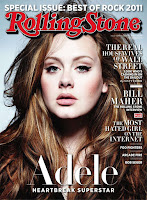A geographic target market can be consumers in a city, state, or country.
A demographic or socioeconomic target market would focus on a specific gender, age group, income level, or education level.
A psychographic target market would be a market that has similar attitudes, values, or lifestyle.
The behavioral target market focuses on occasions and degree of loyalty.
Product-related segmentation describes a target approach for customers who already own a specific product.
Determining a target market approach to sales has many benefits. It can create a more specific marketing campaign, increase sales, and decrease the number of competitors in the market.
Demographic Segmentation:
Demographic segmentation means identifying markets based on several shared traits, including age, race, gender, marital status, income, education and occupation.
Thus, the phrase "a demographic" refers to a market segment with common traits.
Psychographic segmentation:
Psychographic segmentation is dividing your market based upon consumer personality traits, values, attitudes, interests, and lifestyles. Segmentation will allow you to better develop and market your products because there will be a more precise match between the product and each segment's needs and wants.












